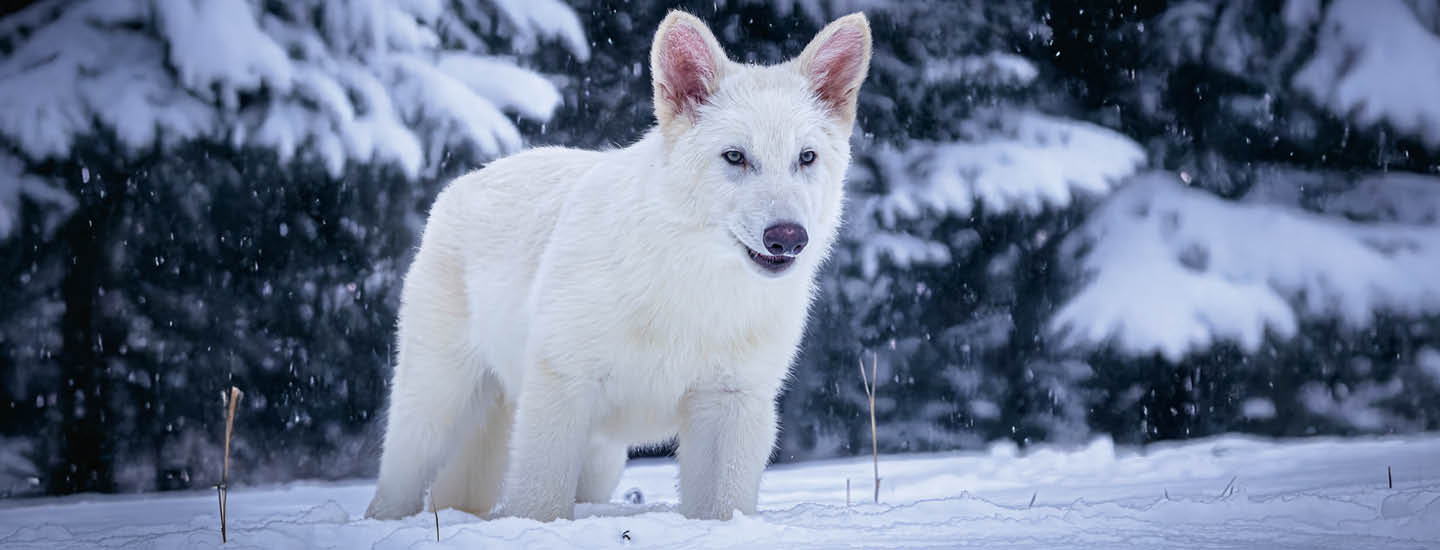Once Matt James caught a glimpse of the newborn wolf’s white coat, he knew the years of experiments had paid off. His company had successfully bred three pups with genes from dire wolves, animals that went extinct some 13,000 years ago.
“That first flash of white was a real slap in the face,” says James, the chief animal officer at Colossal Biosciences. “It’s going to stick in my memory forever.”
For more than a decade, scientists have chased the idea of reviving extinct species, a process sometimes called de-extinction. Now Colossal Biosciences appears to have done it—or something close. In April, it announced that it had used ancient DNA from dire wolves to make 20 modifications to 14 gray wolf genes. The result is three healthy wolves—two males and one female—with dire wolf traits. They have uniquely dense, pale coats and are about 20 percent larger than gray wolves.
Beth Shapiro, the chief scientific officer of Colossal, describes the wolf pups as the first successful case of de-extinction.
“We’re creating these functional copies of something that used to be alive,” she says.
Matt James knew his company’s experiments had paid off when he caught a glimpse of the newborn wolf’s white coat. His team had successfully bred three wolf pups using genes from dire wolves, animals that went extinct some 13,000 years ago.
“That first flash of white was a real slap in the face,” says James, the chief animal officer at Colossal Biosciences. “It’s going to stick in my memory forever.”
For more than a decade, scientists have chased the idea of reviving extinct species. The process is sometimes called de-extinction. Now Colossal Biosciences appears to have done it—or something close. In April, it announced that it had used ancient DNA from dire wolves to make 20 modifications to 14 gray wolf genes. The result is three healthy wolves with dire wolf traits. The two males and one female have uniquely dense, pale coats. They are about 20 percent larger than gray wolves.
Beth Shapiro, the chief scientific officer of Colossal, describes the wolf pups as the first successful case of de-extinction.
“We’re creating these functional copies of something that used to be alive,” she says.

